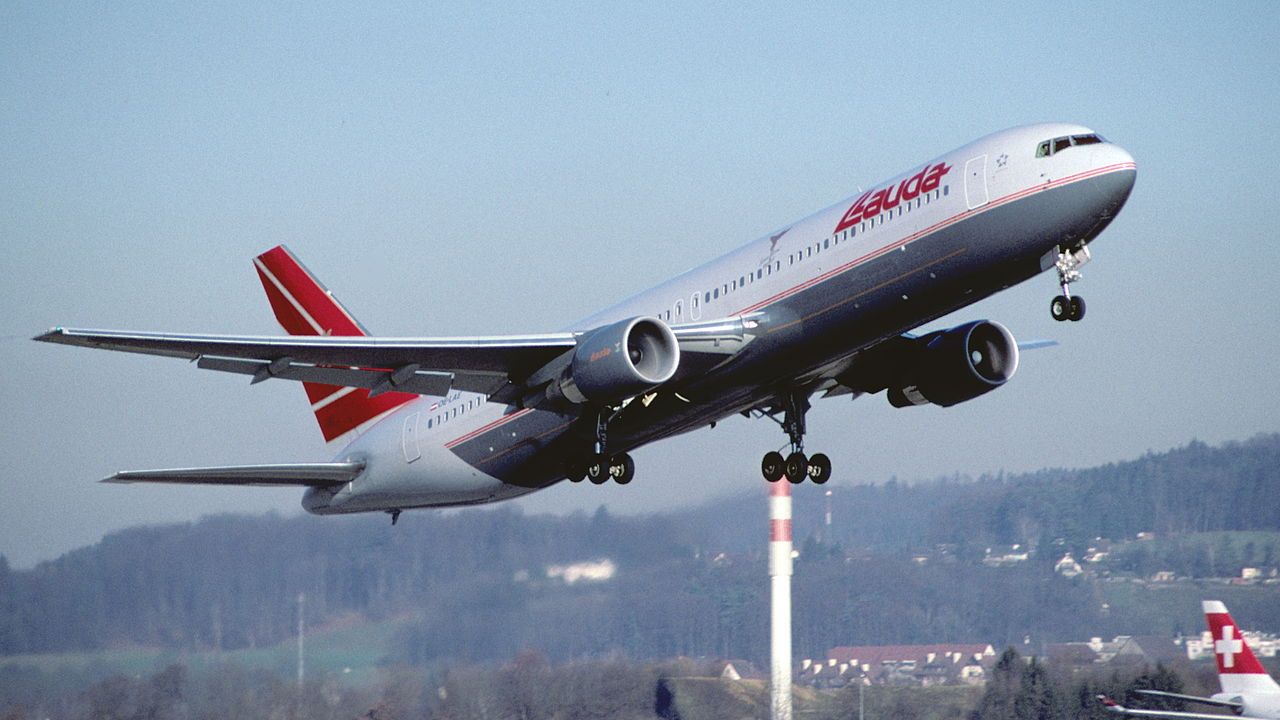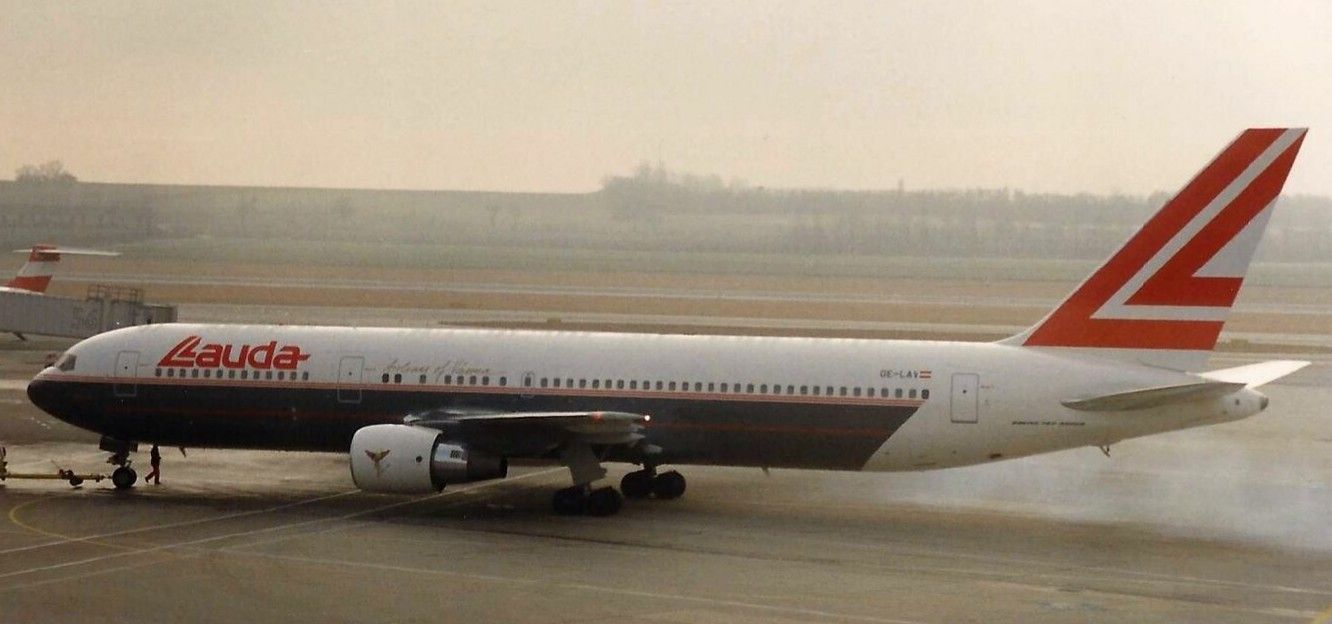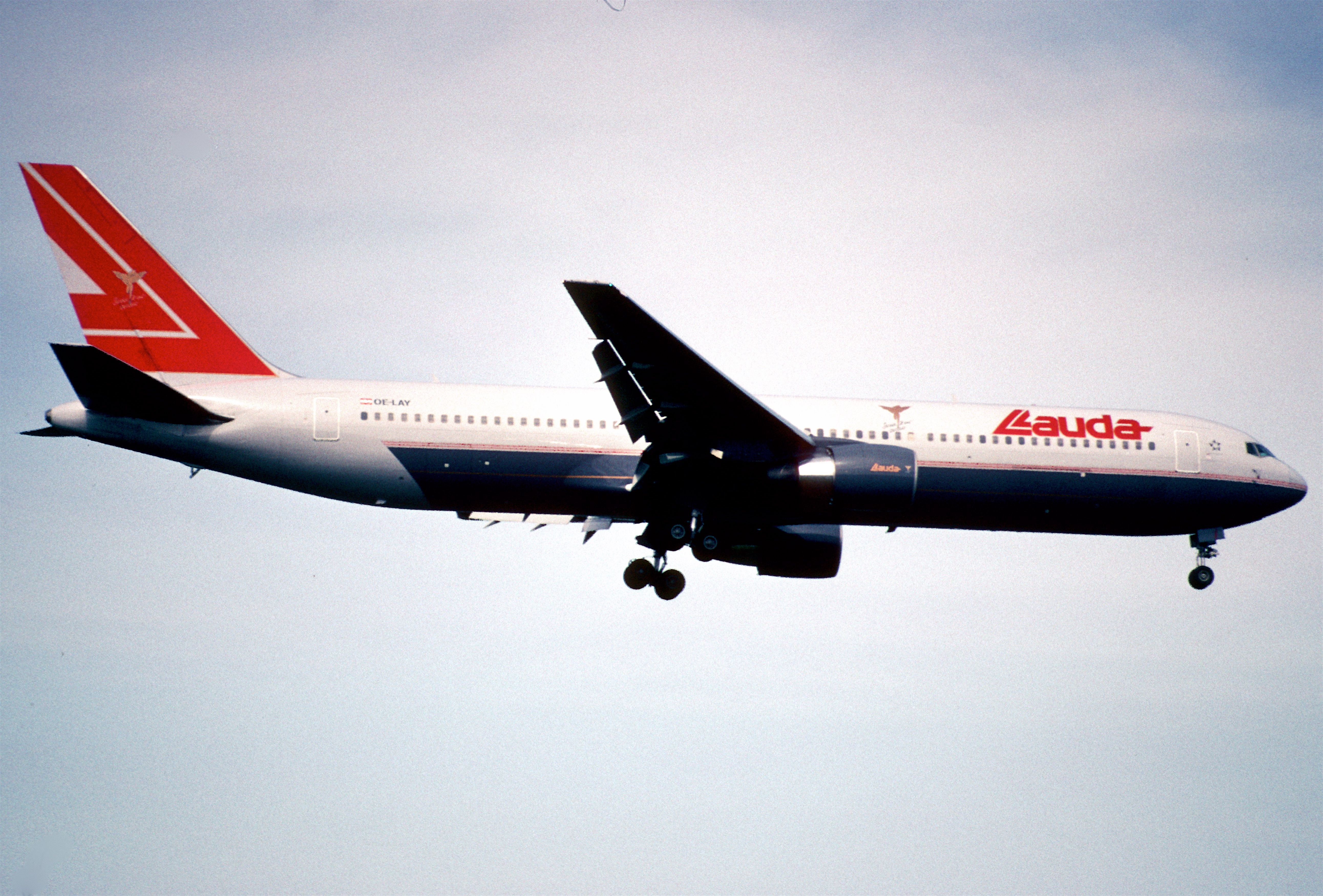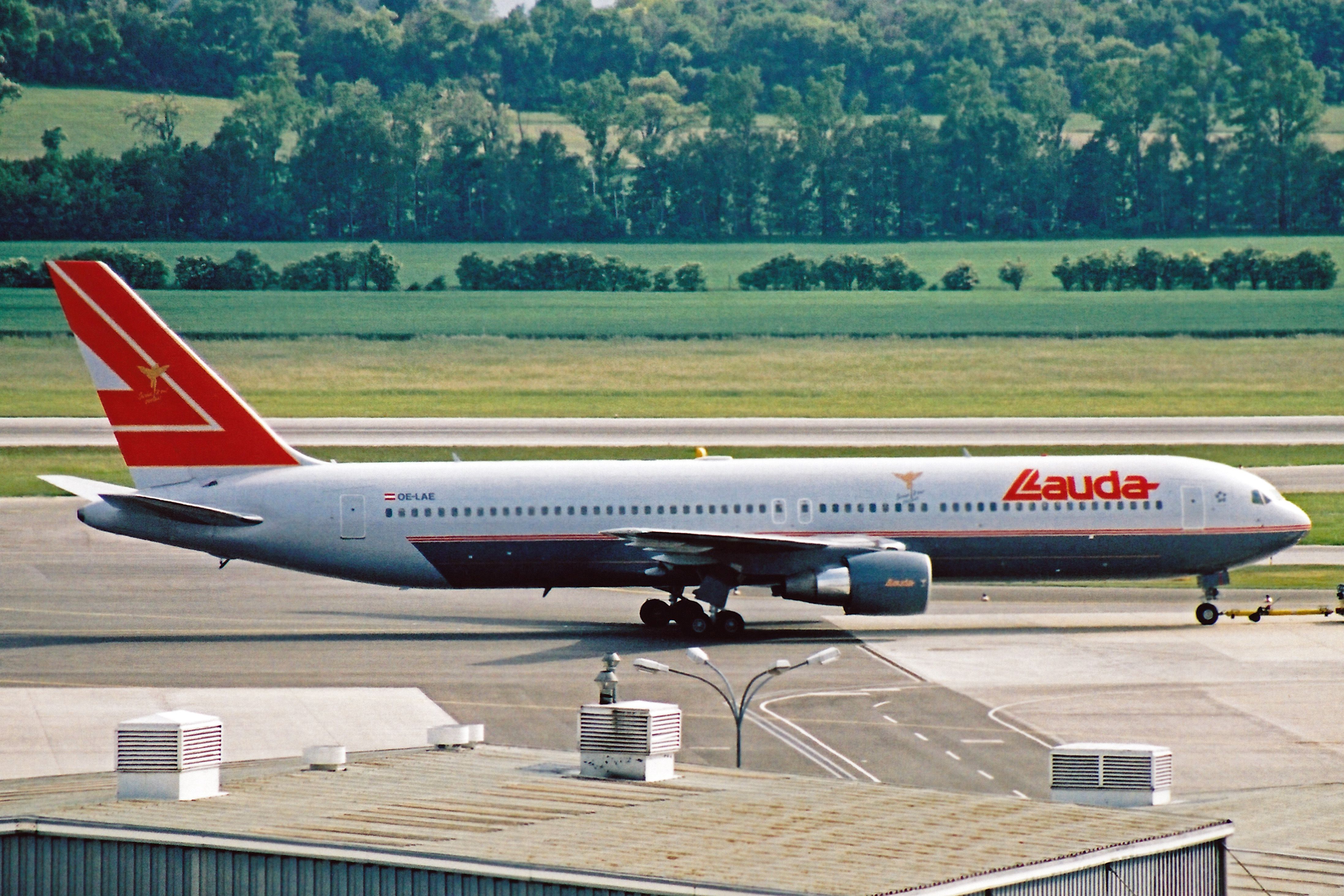Lauda Air Flight 004 was a regularly scheduled flight from Bangkok-Don Muang International Airport (BKK) to Vienna-Schwechat International Airport (VIE) in Austria. On May 26, 1991, Lauda Air flight number NG004 took off from Bangkok at 23:02 local time for the ten-hour flight to Vienna.
The aircraft used for the journey was a 20-month-old Boeing 767-300 with the registration number OE-LAV. 48-year-old American captain Thomas J. Welch and 48-year-old Austrian first officer Josef Thurner were in charge of the flight to the Austrian capital.
A warning light indicated a system failure
Five minutes after takeoff, the pilots received a visual warning light indicating that a possible system failure could cause the thrust reverser on the plane's number one engine to activate. Welsh can be heard on the cockpit voice recorder saying, "that keeps coming on."
The crew discussed the REV ISLN indication for about four and a half minutes, checked the aircraft's quick reference handbook before determining it was just an advisory, and took no further action.
The plane went into a dive
At 23:17, the number one engine reverser deployed, sending the aircraft into a sudden steep left dive. The cockpit voice recorder (CVR) recorded various alerts and a snapping sound along with Welch's last words, which were "Jesus Christ!" followed by "here, wait a minute," and then, "damn it!" Several loud bangs then followed an increase in background noise.
The stress put on the aircraft by the sudden steep dive caused the right elevator to fail and break off, followed by the complete separation of the right horizontal stabilizer. In a vertical nose dive, the plane reached a speed of Mach 0.99, breaking the sound barrier as it hurtled toward the ground.
According to eyewitness accounts, the right wing detached from the plane, causing a fireball before the aircraft exploded on impact. Most of the wreckage was found scattered over around one square kilometer of jungle 62 miles northwest of Bangkok, close to the Burmese border.
Locals were first on the scene, looting electronics and the personal possessions of the 233 passengers and crew before the bodies were taken to a hospital in the Thai capital. Because there were no refrigerated morgue facilities, the bodies decomposed quickly, leaving dental and forensic experts to try and identify the passengers and crew. Despite their best efforts, 27 people were never identified.
The investigation
With the aircraft's flight data recorder completely destroyed, investigators had to rely on the cockpit voice recorder to decipher what had happened. When speaking about its findings, the head of the Air Safety Division of the Thailand Department of Aviation, Pradit Hoprasatsuk, said:
"The attempt to determine why the reverser came on was hampered by the loss of the flight data recorder, which was destroyed in the crash."
The official investigation into the crash took around eight months, during which time the airline's owner, Nikki Lauda, traveled to Thailand and then to Seattle to have talks with Boeing. When the Thai investigators released their final report, it said:
"The Accident Investigation Committee of the Government of Thailand determines the probable cause of this accident to be an uncommanded in-flight deployment of the left engine thrust reverser, which resulted in loss of flight path control. The specific cause of the thrust reverser deployment has not been positively identified."
Boeing modifies planes in response
Due to most of the wiring being destroyed in the crash, investigators could not determine if a short circuit caused the activation of the thrust reverser. Following simulator flights at Gatwick Airport in London, the deployment of the reverse thruster in flight was a survivable accident. This had Lauda saying that the reverse thruster could not be the sole reason for the crash.
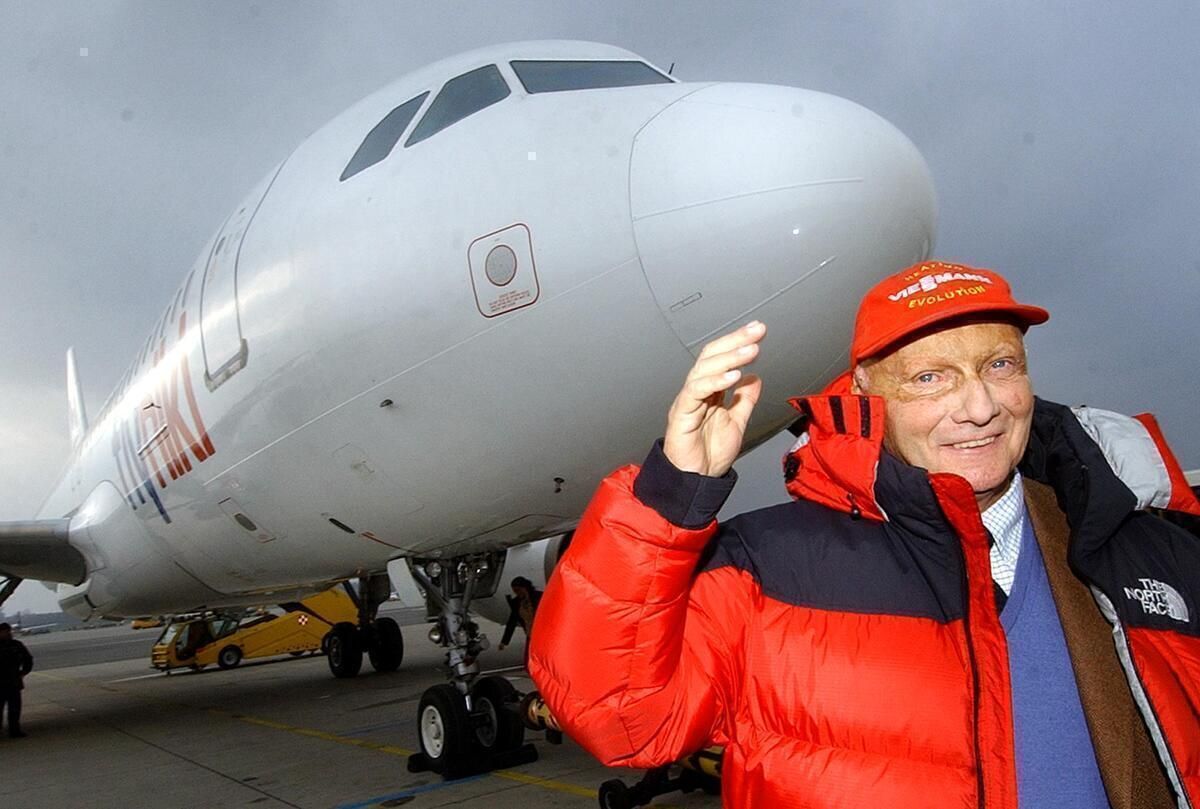
From The Racetrack To The Runway: Niki Lauda And His Airlines
The Austrian racing driver had a strong passion for aviation.However, the accident report stated that the flight crew training simulators yielded erroneous results and that recovery from the loss of lift from the reverser deployment was uncontrollable for an unexpecting flight crew. Following the accident, Boeing modified aircraft so that the thrust reverser on planes could not be activated unless the main landing gear was deployed.

